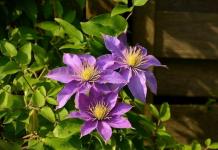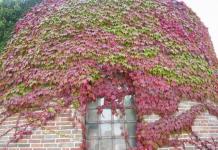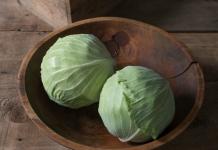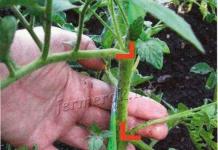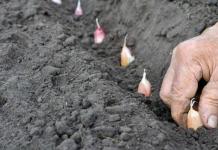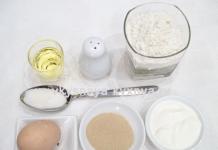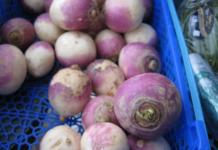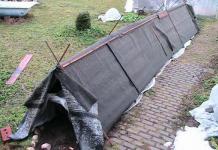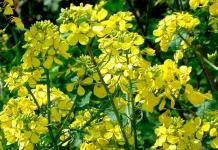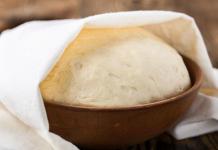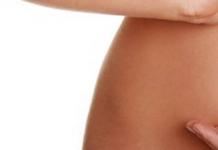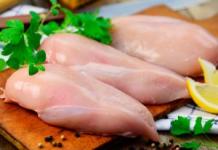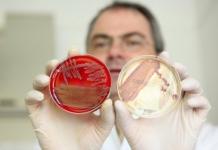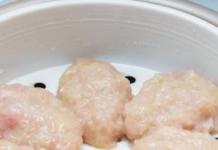Each summer resident grows cucumbers in his garden; this is one of the most popular products, which is used both fresh and harvested for the winter. Losing a crop of zelents is a disaster. However, these crops often have such a problem as yellowing of the leaves. Let's see why the leaves on cucumbers turn yellow, what must be observed in agricultural technology and what treatment is safe from yellowing foliage.
7 main reasons why cucumber leaves turn yellow, prevention and treatment
They can turn yellow in a variety of ways - along the edges, completely, either the upper leaves or the lower ones, and sometimes they change color and the ovaries, and the fruits themselves. There are many reasons for this, and almost all of them indicate that it is necessary to take measures to save the harvest as soon as possible. Different reasons - different actions, so it is necessary to thoroughly understand why the yellowing of the leaves of the cucumber occurs.

7 problems due to which leaves turn yellow on cucumbers:
- Lack of sun. If the bottom of the crop turns yellow, then this is normal. Most likely, they simply do not have enough light, which is natural, because the cucumber bush grows both in breadth and in height, and, naturally, the bottom row is deprived of the sun. In this case, you should simply cut off the lower leaves, this will not bring any harm to the crop.
- Lack / excess of moisture. Cucumber bushes are very sensitive to both excess and lack of water. Of course, this is a moisture-loving culture, so it needs watering at least 3 times a week, and quite abundant, with deep soaking of the soil. And if the summer is hot and dry, it is recommended to carry out abundant irrigation every day. Otherwise, the roots will start looking for moisture on the surface and pull out their roots, which will naturally dry out. But the constant rain is not to their liking for gherkins - it can provoke rotting of both roots and stems, as well as the appearance of powdery mildew.
- Pests. Three pests are especially noticeable to destroy the culture - these are spider mites, whiteflies and aphids. They feed on the sap of the plant, as a result of which the cucumber tops turn yellow. If a pest is detected, it is necessary to immediately start a fight with it - you can use biological remedies (macrolophus bugs), but first use folk recipes.
- Fungus. Yellowing of foliage in a culture can also provoke various fungal diseases. Most often this occurs from temperature changes - for example, it is hot during the day, and at night there is a sharp drop in temperature and the earth is very cold. During this period, you should pay more attention to the cucumber plantings. Most often, cucumbers are affected by peronosporosis (downy mildew) - when this fungus appears, the foliage is first covered with rusty spots, then the entire leaf is covered with such "rust", after which it dies and falls off. This dangerous fungus not only overwinters easily in soil and plant debris, but also spreads with seeds. So buy seeds from trusted sources.
- Lack of nutrients. The reason, frankly, is unlikely, but it still has a place to be. This problem is easily solved by feeding, which must be made in order to make up for the lack of them, it is only important to correctly determine which elements of the culture are missing. So, for example, if the upper leaves turn yellow and fall off, then, most likely, there is a shortage of copper, but if the edges turn yellow, then the cucumber additionally needs potassium and magnesium. And if the leaf is yellow, and its veins are green, then this indicates a lack of manganese or iron.
- Hypothermia. Seedlings planted on an unheated garden bed in open ground often not only "freeze" and do not start growing, but reacts with yellowing of the tops. Often in this case, a yellow border appears on the leaves - the roots cannot absorb magnesium.
- Old age. The most "fearless" reason for yellow leaves, since by this time a large percentage of the crop has already been harvested. Although here, there are some options on how to prolong the fruiting of a cucumber.

Preventing the appearance of yellow leaves in cucumber bushes
But, whatever the reason is, the yellowing of the leaves on cucumbers, it is much easier to prevent it than to deal directly with the treatment of the plant when this has already happened. Preventive measures should be included in the comprehensive care of the cucumber garden. What are they all about?
- Compliance with crop rotation. This is the primary action in order to avoid fungal diseases of the cucumber. Firstly, you should not plant a cucumber on the same bed in a row for several years, and secondly, you should not plant them on a garden bed where zucchini and pumpkins previously grew.
- Timely and sufficient watering. A cucumber cannot live without moisture. If it is not possible to carry out abundant watering several times a week, then you should take care of mulching the beds. First, you need to saturate the soil with water, and then cover the cucumber beds with cut grass and plucked weeds - they will not only retain moisture longer, but also create a good microclimate and additional nutrition for the cucumber.
- Feeding cucumber bushes with organic matter and ash infusion. It is necessary to water the cucumber beds with herbal infusion - it will provide the necessary nutrients. It is also good to use ash - pour it a little into the holes at the root, it will not only act as a source of potassium for the plant, but also protect it from some types of pests.
- Preventive spraying of bushes with solutions and infusions prepared according to folk recipes. Here are some of them:
- A loaf of bread is soaked in a bucket of water, left overnight. In the morning it is necessary to crumble it in water, add iodine (a small vial). One liter of this infusion is again diluted in a bucket of water and they are already being watered and sprinkled with cucumbers. This must be done 2 times a month, then until October the cucumbers will be green and vigorous.
- Iodine (about 30 drops), ordinary soap (about 20 g), milk (1 liter) are diluted in 10 liters of water. The tops are sprayed with this solution for the first time - when the third leaf has appeared at the shoot, and then at regular intervals 4 times a month.
- For 10 liters of water, take 1 tablespoon of baking soda or biosoda. Crops should be treated with this solution in June, it will prevent possible fungal diseases.
- Onion peels are placed in 10 liters of water, brought to a boil, and then left for half a day under the lid. After that, the infusion is filtered through cheesecloth, and a solution for spraying is prepared: the resulting infusion (2 parts) is diluted with water (8 parts). They moisten not only the upper, but also the lower side of the leaves, it is also good to spill the earth with it.
What to do if the leaves still turn yellow
Sometimes it also happens that preventive measures did not have time to be applied, or they did not fit, and the foliage of the plant still turns yellow. Should you pick off leaves on cucumbers if yellow spots appear or a white bloom appears?
Until the stem is affected, and the plant restrains the infection, then it is necessary to remove such leaves. But in no case twist them from the bush, and do not pull. You just need to carefully cut them off and take them to the composting bin. In addition, a number of the following procedures are used:
- Spraying with a solution using fermented milk products. For 10 liters of water, take 2 liters of whey, kefir.
- Spraying with infusion using hay. To do this, hay is soaked in plain water, taking them in equal shares, for 48 hours. It is enough to carry out the spraying procedure three times with an interval of 5-7 days. You can also add aerated compost tea to this.
- Top dressing from weed infusion and humus. Both of these natural fertilizers are applied at the roots. The effect of root feeding can be enhanced by foliar feeding - sprayed with growth stimulants (Zircon, Epin-Extra, Novosil, HB-101) mixed with humates or EMKs.
- Biologics such as Trichodermine are used to fight fungi and bacteria. They are safe for animals and humans. But it is extremely important to observe the recommended proportions, otherwise, instead of enhancing the growth of the plant, you will get its oppression.
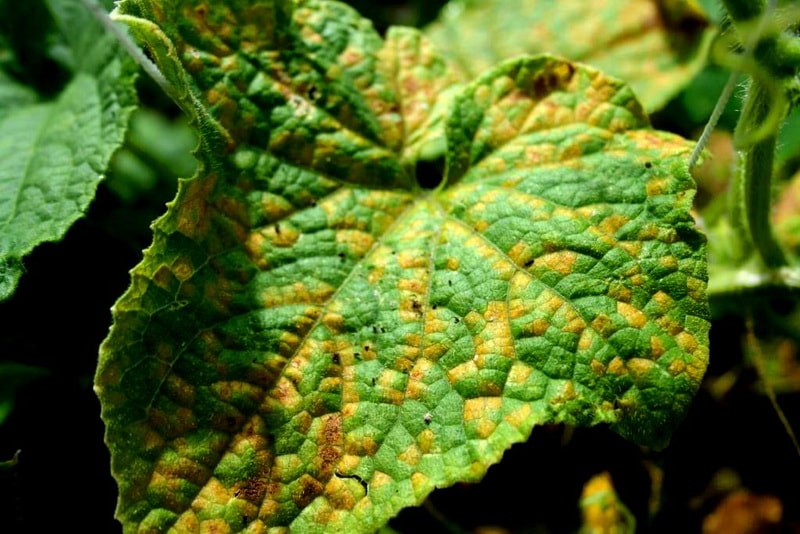
Finally, it will be useful to remind that the greens are poured and ripen very quickly, so it is dangerous to use chemistry for processing plants. And folk remedies and proper agricultural technology will help you save the harvest if you notice the yellowing of the cucumber foliage in time. We hope you have now figured out why the leaves on cucumbers turn yellow, and what needs to be done to protect the plants.


